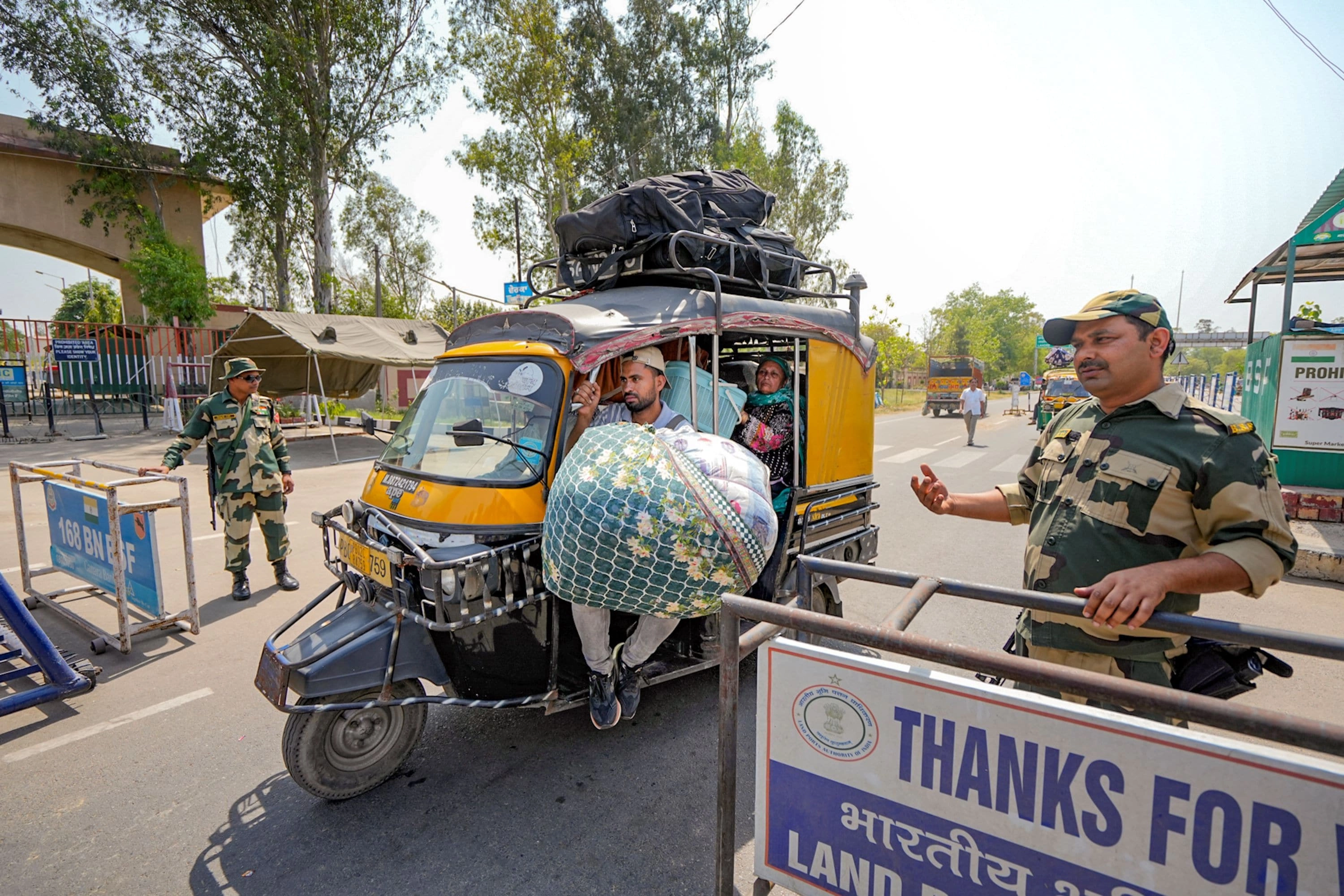The recent events in Pahalgam have significant implications for India, prompting a broader discussion about the nation’s future options. Pahalgam, known for its breathtaking landscapes and serene environment, has become a focal point of tourism and local economy. However, the challenges faced by the region also reflect larger national issues, particularly concerning sustainable development and environmental conservation. With increasing tourist footfall, the strain on local infrastructure and natural resources has become evident. The delicate ecosystem that characterizes Pahalgam is under threat from overexploitation, leading to a pressing need for policies that balance economic growth with environmental stewardship.
India’s options moving forward must consider not only local needs but also the aspirations of the broader populace. The government could initiate programs that promote eco-tourism, which emphasizes conservation while still allowing for economic benefits. By investing in sustainable practices, such as waste management and renewable energy sources, India can create a model for tourism that respects the environment and supports local communities. Additionally, fostering community involvement in tourism initiatives can empower locals, ensuring they reap the benefits of their natural resources without compromising their integrity.
Moreover, the situation in Pahalgam serves as a microcosm for many regions across India facing similar challenges. The nation must adopt a comprehensive approach that includes policy reforms aimed at preserving natural habitats while promoting responsible tourism. This includes investing in infrastructure that minimizes ecological impact and encourages visitors to engage with the environment in a sustainable manner. Education about environmental issues can play a crucial role in shaping a more environmentally conscious society, encouraging both tourists and locals to take an active role in conservation efforts.
In conclusion, as India navigates the complexities of development and environmental preservation, the lessons learned from Pahalgam can guide future actions. The focus should be on creating a harmonious balance between economic growth and ecological sustainability. By exploring options that prioritize both the environment and local communities, India can pave the way for a more resilient and sustainable future, ensuring that its natural wonders remain intact for generations to come. This approach not only addresses immediate concerns but also establishes a framework for long-term prosperity and environmental health across the country.




